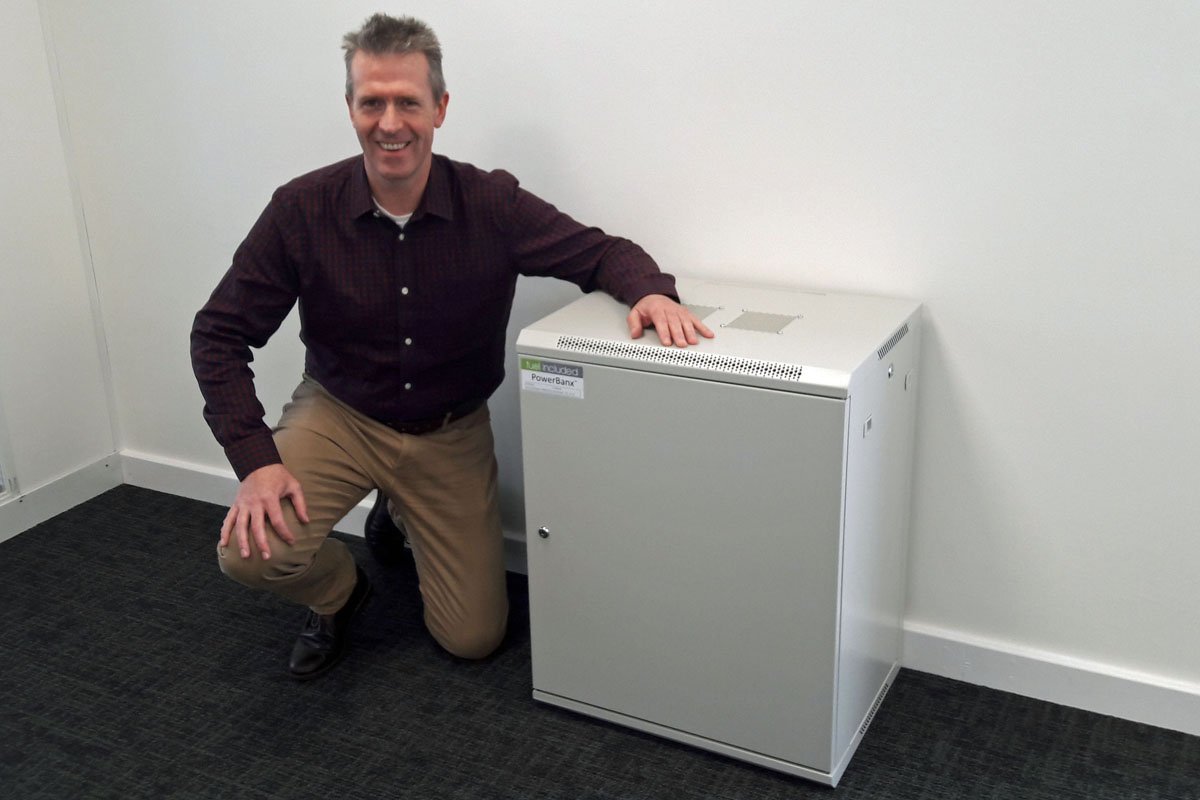An updated technical guide to co-locating renewables and battery storage has clarified previously conflicting guidance on the matter, removing barriers and potentially unlocking the “tremendous potential” of solar homes.
Late last week energy regulator Ofgem published an update to its technical guidance on co-locating renewables and storage, aiming to clarify a number of problem areas that had arisen since its maiden guidance on the subject was released last year.

Within that guidance was the clarification that homes with solar already installed that then added battery storage units or smart meters would continue to receive deemed export tariff payments, a matter which had been in doubt following come contradictory guidance.
The industry had previously received two conflicting pieces of technical guidance on the matter; one piece which required homes with solar to install smart meters and switch to export meters, and another which stopped homes from receiving metered export payments when storage is included in order to prevent the possibility of systems being rewarded for exporting power that had previously been drawn from the grid.
The new technical guidance clarifies that feed-in tariff-accredited installs will retain their deemed export payments even if a smart meter and/or battery is installed, provided the usual deemed export eligibility requirements are met.
Read more: Solar Power Portal


